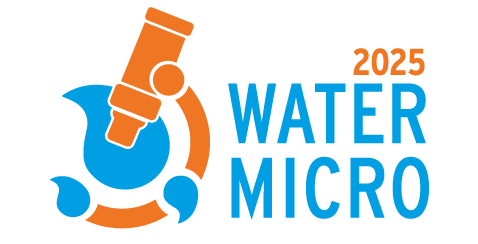Charles Gerba1, Gertjan Medema2
1University of Arizona, Tucson, USA. 2KWR Water Research Institute, Nieuwegein, Netherlands
Introduction
The application of polymerase chain reaction (PCR) has seen widespread application in assessing the occurrence of viruses in water. Regulatory agencies in the United States and elsewhere require demonstration of virus removal for recycling of wastewater or drinking water supply from surface water. The reductions required range from 6 to 20 logs of infectious human pathogenic viruses depending on intended recycling objective (i.e. landscape irrigation vs. direct potable reuse) or drinking water source. It has been suggested that PCR could be used to obtain credits for log reduction for the individual treatment processes. But how well PCR can determine the removal of infectious viruses in the environment remains debatable. Methods have been developed with the purpose of PCR only detecting infectious viruses (i.e. treatment of samples with nucleases), but their performance needs to be better understood and methods for their assessment need to be developed. The state in which the viruses are present in the environment seems to play an important role in their persistence and detectability.
Side event objective
The goal would be to 1) Review the methods and limitations of cell culture for assessing infectivity. For example, the cell line selected and the number of passages of a virus in cell culture can result in a 10-fold or more difference in assessment of the resistance of a virus to chlorine. 2) Review methods and limitations of PCR for virus detection of both non-infectious and infectious virus. For example, does treatment with nucleases also inactive both infectious and non-infectious viruses? 3) Review how well cell culture and PCR detect viruses in environmental matrices, after being subjected to environmental stresses and water treatment processes. 4) How do we select the best approach for assessing virus removal by treatment processes. For example, PCR may be useful for removal of viruses by physical methods (membrane filtration), but not for chlorine disinfection. 5) Define uncertainty of both assay methods and research needs.
Methodology/format
1) Introduction – 5 min
Aim of the wide event and introduction to the topic
2) Getting informed (3 presentations of 15 mins) – 45 min
Three presentations to illustrate the issues of inactivation/disinfection of viruses in environmental conditions, after exposure to environmental stressors, with emphasis on the differences, strengths and limitations of (viability) PCR and cell culture methods disinfection.
3) Panel discussion + Audience Q&A – 30 min
Panel: internationally representative virus disinfection experts.
4) Summary of key takeaways. further steps & end of the side event – 10 min
Expected outcome
I would be willing to put together an article (white paper) on the limitations of the methods and research needs for application to the water industry. This is much needed by the non-microbiologists in the water industry. My recent experience on water recycling discussions with water industry professionals indicates that they do not understand the limitations of PCR and how to use it to assess treatment plant performance.
Outcomes:
Definition of the limitations of cell culture for infectivity determination and the best methods to be to be used (i.e. impact of cell line selection and number of cell culture passages).
Definition of the limitations of PCR for virus detection and the best methods (e.g. controls).
Uncertainty factors in determining the numbers of viruses by both cell culture and PCR.
Define some of the research needs to better understand the ratio between infectious virus detection by cell culture and vs. PCR.
